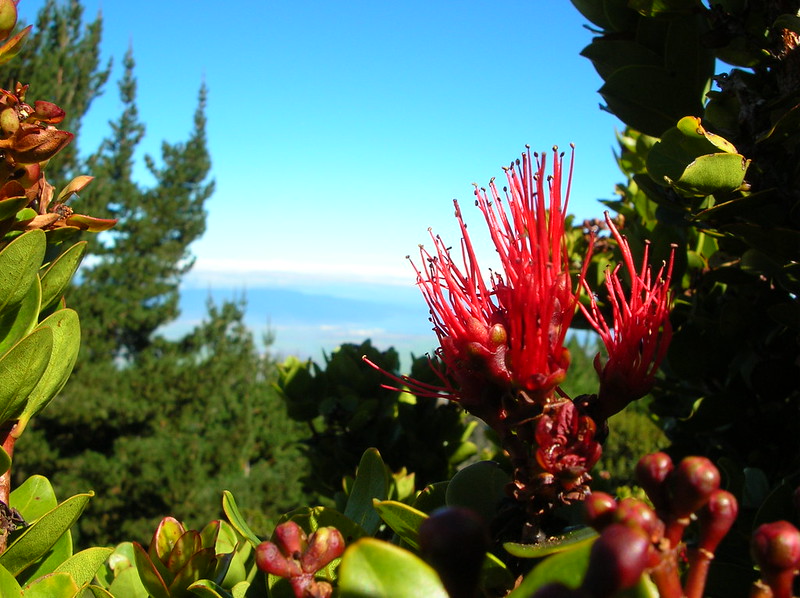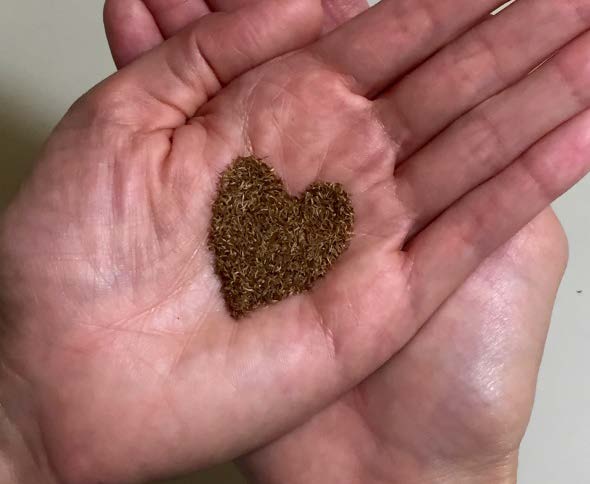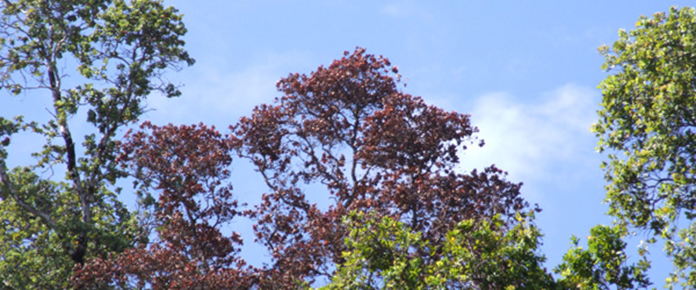“The fungus needs an entry point,” says Marc Hughes, a research plant pathologist with the U.S. Forest Service in Hilo….
Read More
rapid ohia death
ʻŌhiʻa’s genetic diversity may contribute to disease resistance
ʻŌhiʻa is both a pioneer – the first to grow on new lava– and a protector—hosting and sustaining birds, insects,…
Read More
Drones help field crews find invasive species
Your mission: find a few invasive silk oak trees scattered across a 35,000-acre ancient cinder cone that resembles a bundt…
Read More
Rapid ʻŌhiʻa Death – a new threat to our watersheds
Five years ago, people living in the Puna district on Hawaiʻi Island started seeing native ʻōhiʻatrees in their yards dying….
Read More




